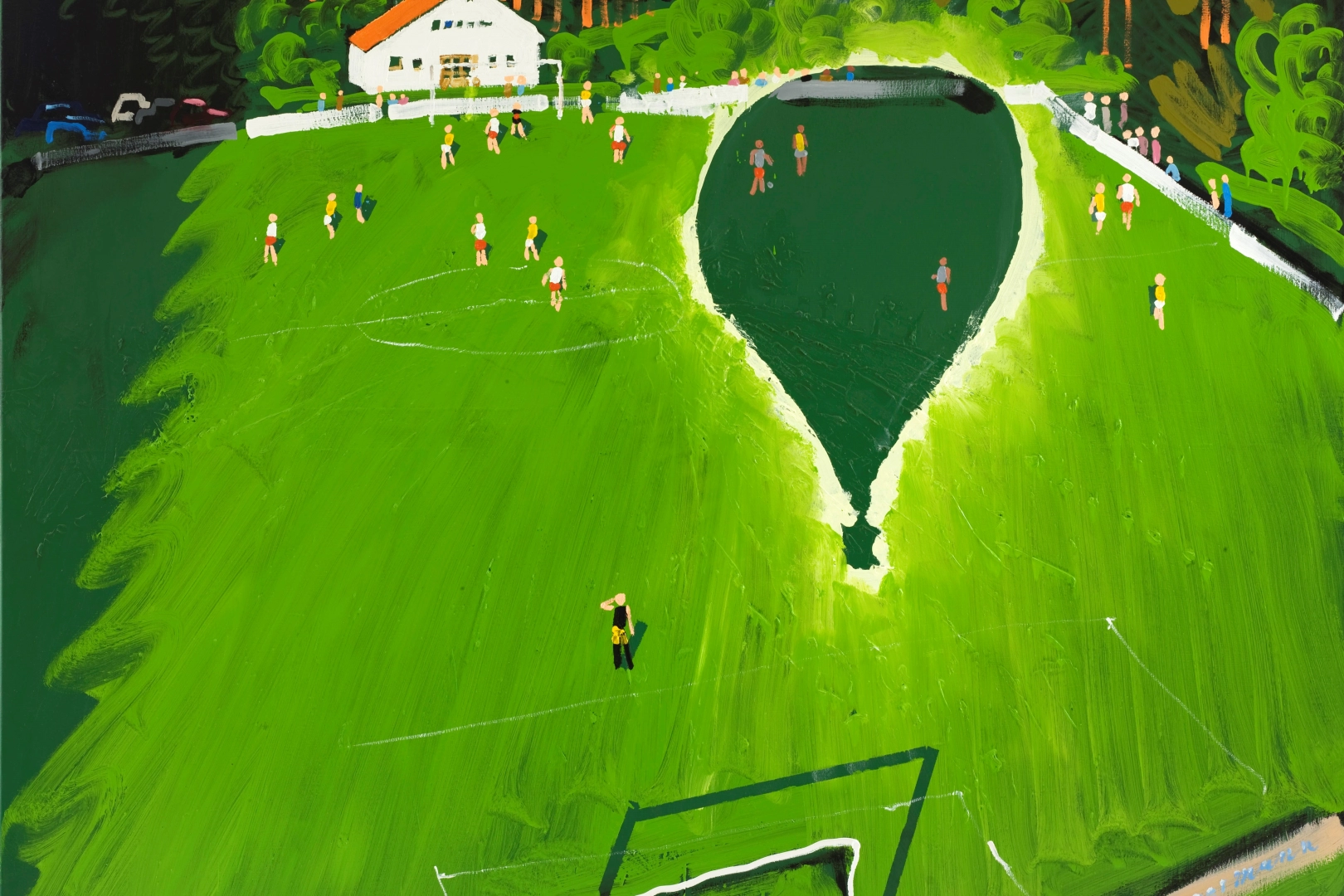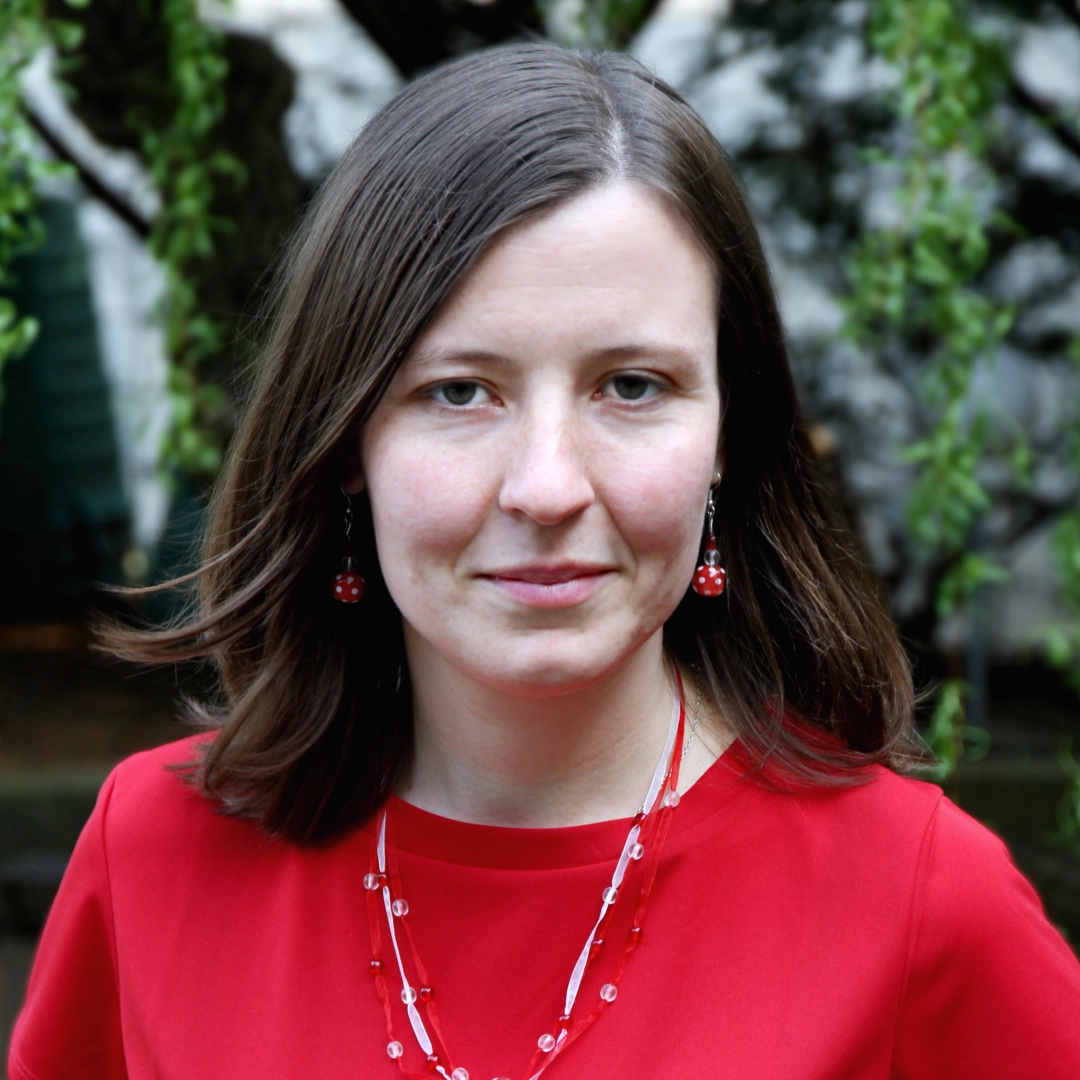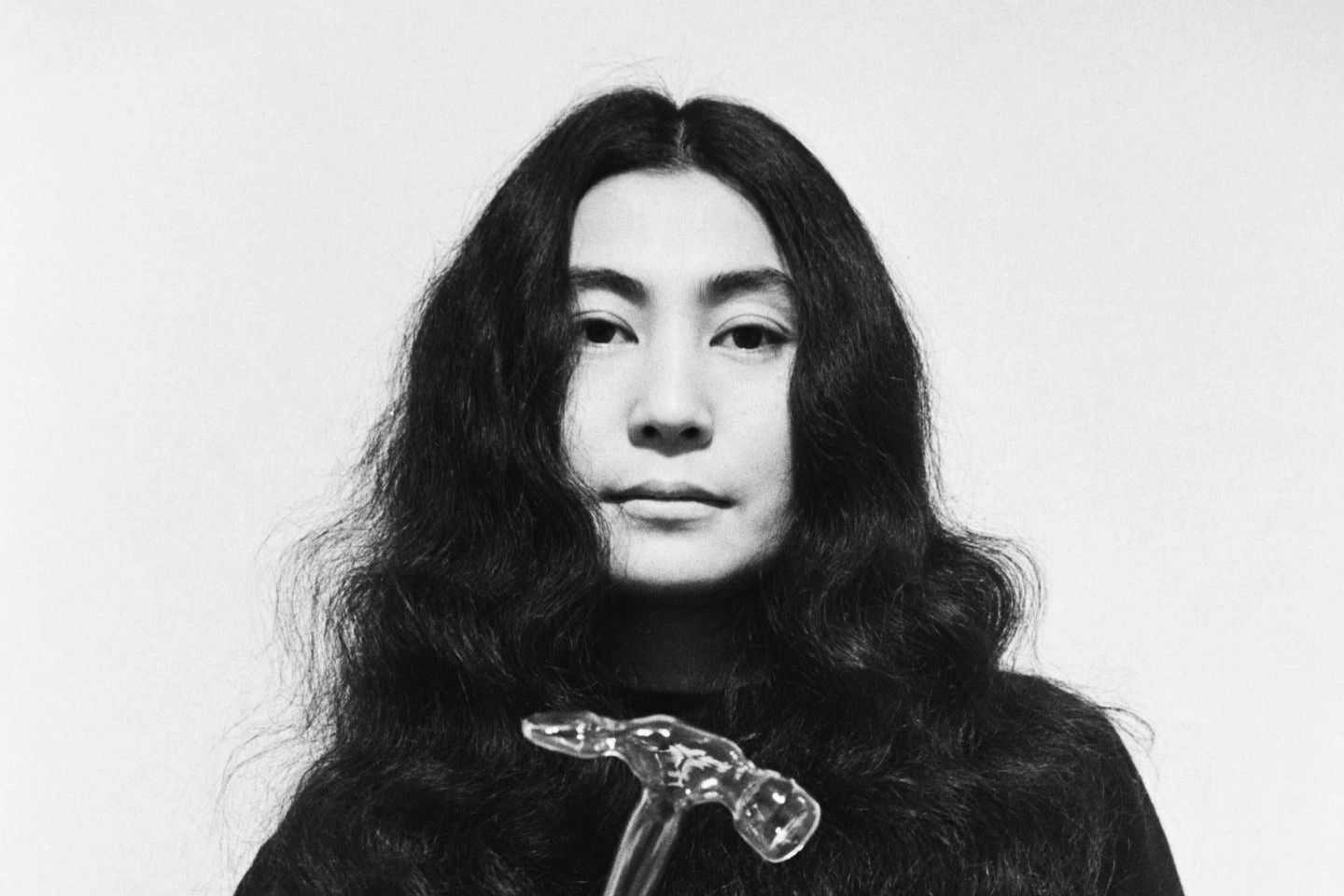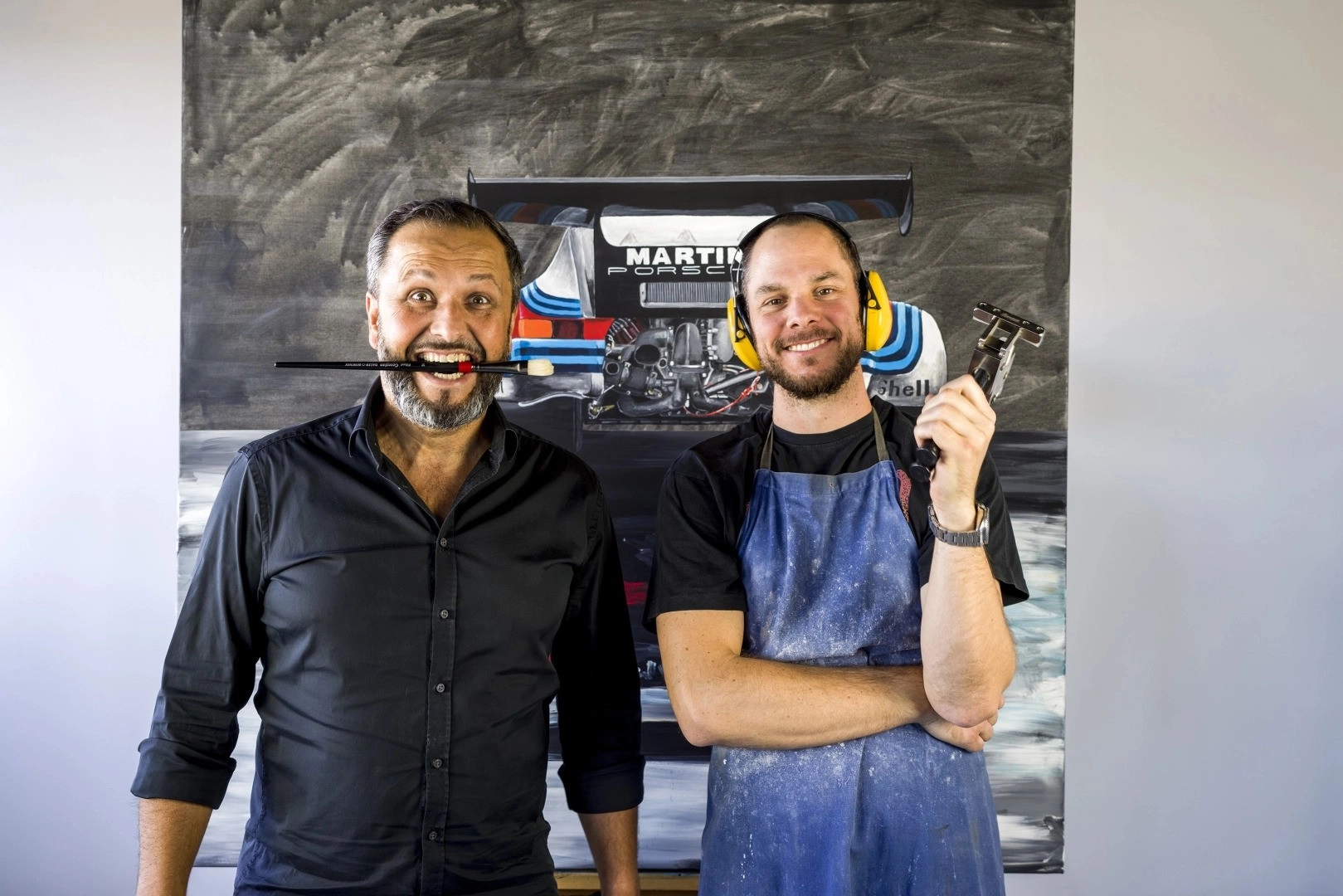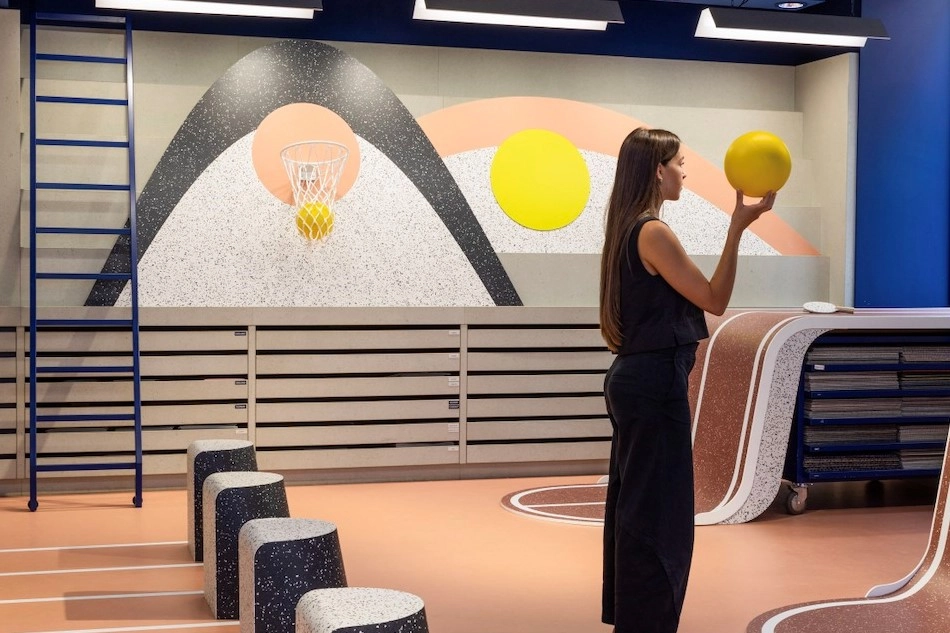Football is the world's most popular sport, yet no exhibition has systematically explored its depiction in Czech visual art. The Gallery of Fine Arts in Cheb decided to pay off the dept to this sport and opened the exhibition Soccer. "One of the most important football centers outside the UK was in the Czech Republic ever since the late 19th century. Thanks to that, the football theme attracted a number of artists from the very beginning, such as Miloš Jiránek or Jan Preisler who not only were its big fans, but also belonged among the top Czech artists. The exhibition thus brings interesting discoveries related to their work from a football perspective, at the same time it sees these paintings as sources exploring the history of the sport,“ explains the curator and director of the Cheb gallery Marcel Fišer.
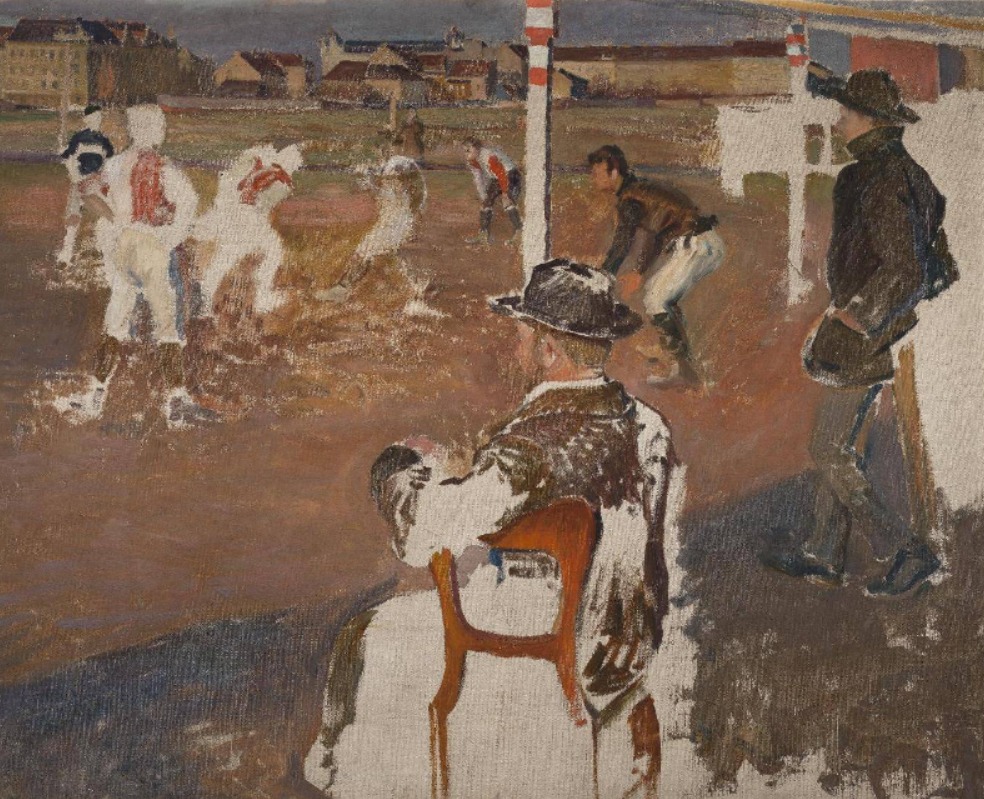
The exhibition, which is held on the occasion of the World Championships in Qatar, focuses on the fine arts in almost all traditional and new media; paintings and graphics are accompanied by photography, sculpture and conceptual art. Subtitle Football in Visual Arts from the Early 20th century to the Present reveals the span of time the exhibition covers.
It was the rise of modern art in the late 19th and early 20th century which, in addition to new formal procedures, gave rise to the search for themes capturing the rapidly changing world as well. Sport then entered the artistic spotlight, too, including football as well, which then became the most widespread and popular sports game, so many artists had personally experienced the game, whether as amateur players or passionate fans.
The exhibition itself follows an axis chronologically depicting football, moving from realistic pieces to contemporary conceptual art. It also covers parallel artistic developments in neighbouring Germany and Slovakia. At the same time, it points out the variety of soccer themes depicted; for example, a substantial amount of works portray the fleeting moment of a football match. Such a moment also captures the paintings of a painter active at the turn of the 19th and 20th century Miloš Jiránek; one of which has also become the visual symbol of the exhibition. It takes the viewers to the Letná street of the early 20th century and introduces the stadium of the FC Slavia, which got a new grandstand just before the painting was created.
Jiránek's contemporary Jan Preisler was also a fan of FC Slavia and he also portrayed the match of his favorite team on the field at Letná. However, who was Slavia's opponent is something the paiting is keeping from us. The painter, who wasn't a confirmed realist, probably chose the color of the opponent's jerseys to match the overall impression of the painting.
The painting Football Match between Englishmen and Slavia in Prague by F. X. Naske takes the viewers right into the middle of the field. The painter, a leading representative of Salon Art and a favorite portraitist of the more affluent strata, undoubtedly pays tribute to the Old Masters in this very vivid picture. "It's sort of a modern version of The Battle of Anghiara but with a ball, which is the focal point of the scene, in a central position at the intersection of the Golden ratio lines, " explains the curator of the exhibition.
.jpg)
Jiránek's contemporary Jan Preisler was also a fan of FC Slavia and he also portrayed the match of his favorite team on the field at Letná. However, who was Slavia's opponent is something the paiting is keeping from us. The painter, who wasn't a confirmed realist, probably chose the color of the opponent's jerseys to match the overall impression of the painting.
The painting Football Match between Englishmen and Slavia in Prague by F. X. Naske takes the viewers right into the middle of the field. The painter, a leading representative of Salon Art and a favorite portraitist of the more affluent strata, undoubtedly pays tribute to the Old Masters in this very vivid picture. "It's sort of a modern version of The Battle of Anghiara but with a ball, which is the focal point of the scene, in a central position at the intersection of the Golden ratio lines, " explains the curator of the exhibition.

The painting Football Field by Karl Holan takes the viewers to Žižkov, which was the painter’s favorite neighborhood. Unlike his other pieces, which show the difficult life on the city outskirts, this time Holan depicts the joys of such life and various kinds of folk entertainment. In addition to the ongoing football match, a fair came to Žižkov and a circus built up its tent there, too. "The painting is full of interesting, even bizarre characters, from a rope walker to a man urinating by the wall in the back," comments Marcel Fišer.
.jpg)
But the exhibition is not just paintings – the central exhibit of the main hall is made up of two glass figure teams and the whole setup is lit up like in a real stadium. Football match Czechoslovakia vs. Sweden was created by the famous glass artist Jaroslav Brychta as a part of the exhibition of Czechoslovak Architecture and Applied Arts in 1931 in Stockholm. "The state cultural representation, in which artistic glass making has always played an important role, intersected with the representation on the football field in a unique way," the curator pointed out the importance of the flameworked figures created at the High School of Applied Arts for Glassmaking in Železný Brod.
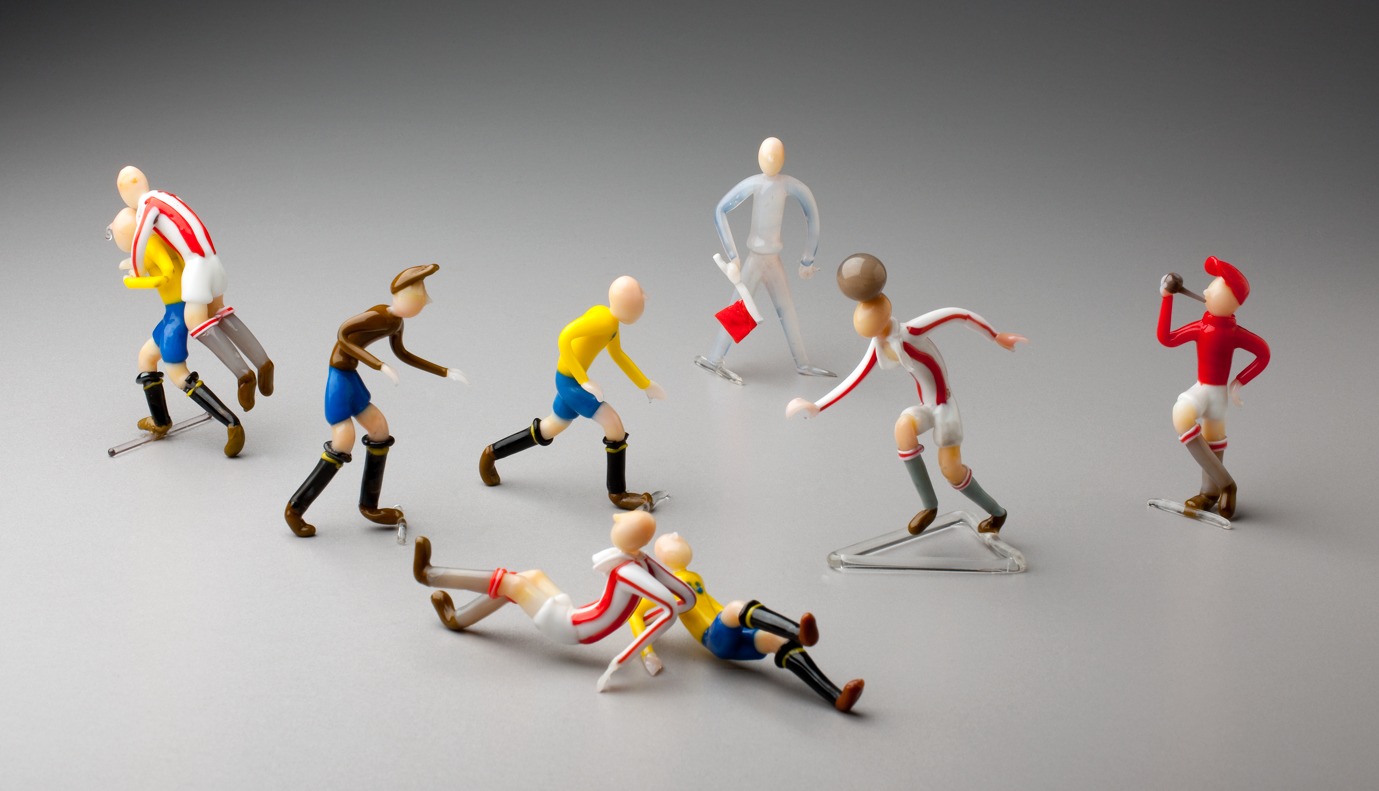
To an attentive observer, fine art conveys specific visual qualities of football, such as the bright green lawns or the vivid team colors. A meter and a half wide canvas created by the contemporary German painter Katharina Gierlach is literally brimming with these qualities. The author has a close relationship with the sport - she's started playing football as a child in her native village near the Czech border. Football hence became a topic which she regularly comes back to in her work. She captured the atmosphere of Munich's Allianz Arena, whose distinctive architecture is pronounced by the oval shade of the roof. She used an impressive impasto painting technique, by which she created a tall relief made of almost heaps of paint. Her other exhibited paintings belong to the cycle she created in 2012 on the occasion of the 50th anniversary of the Bundesliga, in which she captured the matches of all the clubs then taking part in the primary German competition.

Another contemporary German artist represented in the exhibition is Peter Angermann, a landscape painter pursuing the portrayal of contemporary landscapes with all their industrial elements. Another of his major themes is the relativity of perception; he combined both attitutes in his painting Sunday Physics, which captures football players on a countryside field. They stopped paying attention to the football and instead they observe the hot air balloon from which the scene is captured, which presents itself in the picture only by its large shadow.
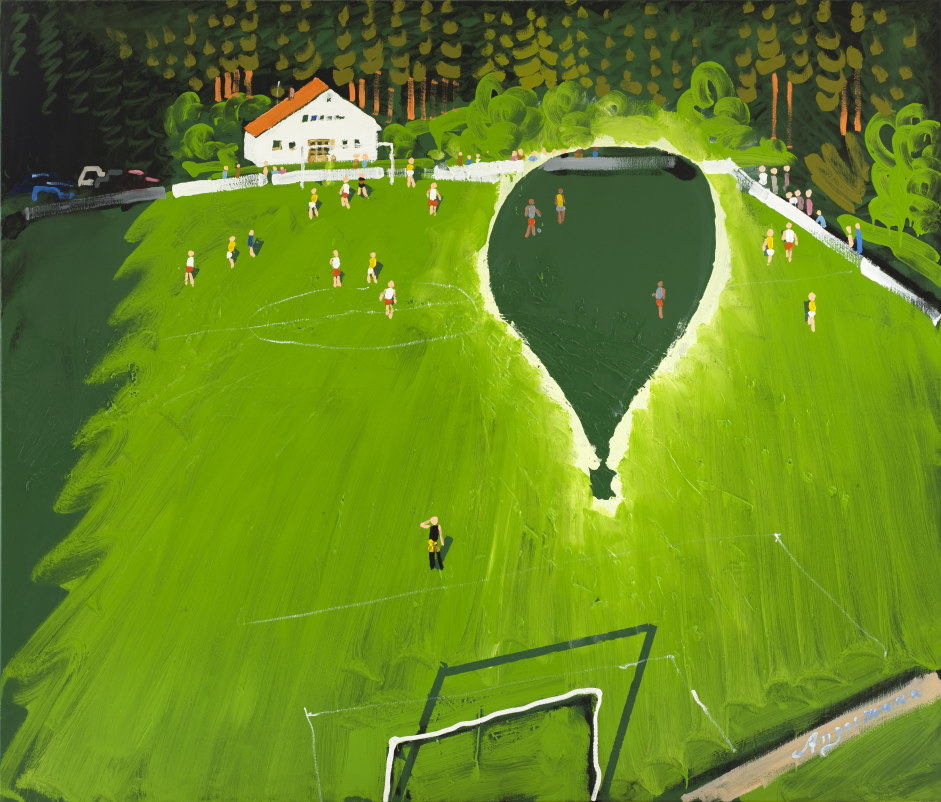
At other times, the motif of the paintings is the timelessness of abandoned playing fields and their specific poetic atmosphere. Such is the mood of the painting Football Field in Hlubočepy by Jan Rambousk from 1930, in which he captured a rural playground with a trampled lawn, simple cabins and a quarry in the background. Rambousek was primarily a graphic artist though and the exhibition represents this part of his work by a woodcut depicting the match of the FC Meteor Prague VIII. He reserved a large portion of the space to the neighboring factory, which reminds us that football was an emblematic part of life in the outskirts.
The painting Football Field on Juliska by František Hudeček shows an abandoned playground, too, which in the bright sun creates almost a metaphysical impression. "As if it were some Italian landscape by Giorgio De Chirico, to which it also refers by its choise of colors. This approach corresponds with the mythology of the modern city, a programme of the group 42 (of which Hudeček was a member), which the group came up with in the year of the painting's creation,“ explaines Marcel Fišer.

The constructivist grandstand of Sparta built in 1937, which thanks to the historic preservation has survived all renovations and is still standing today, is the primary motif of the painting by Vlastimil Beneš, who captured its state just before the great redevelopment in the second half of the 1960s.
The exhibition also features portraits, like the one of Vlasta Vostřebalová Fischerová’s son portrayed as a football player. One of the first graduates of the Prague Academy painted her son Jan Otokar as a goalkeeper in a sweater then worn by the Czech goalkeeper legend František Plánička.
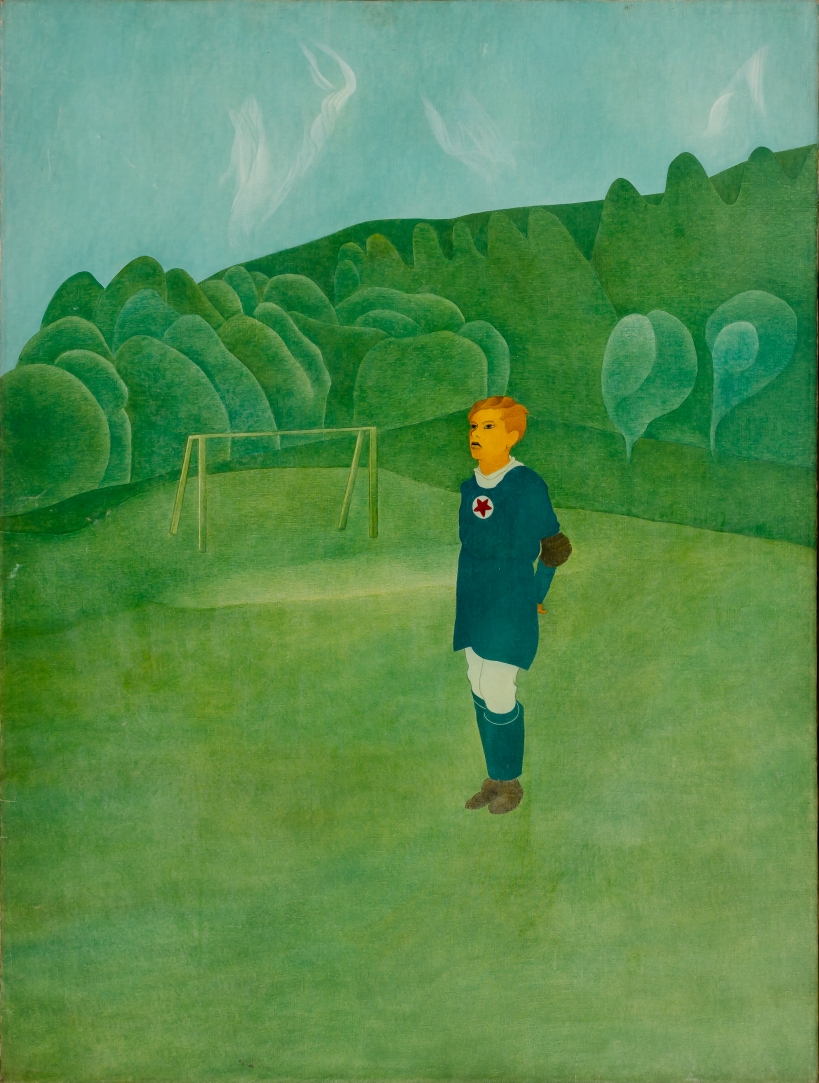
The part of the exhibition focuses on sculptures, too, and doesn't omit perhaps the most famous Czech artist specialized in sport themes Zdeněk Němeček. In 1969, he created a statue of a goalkeeper for the FC Sparta in connection with the improvements of their stadium, the second cast of which was installed a year later on the occasion of the World Cup in front of the Aztec Stadium in Mexico City.
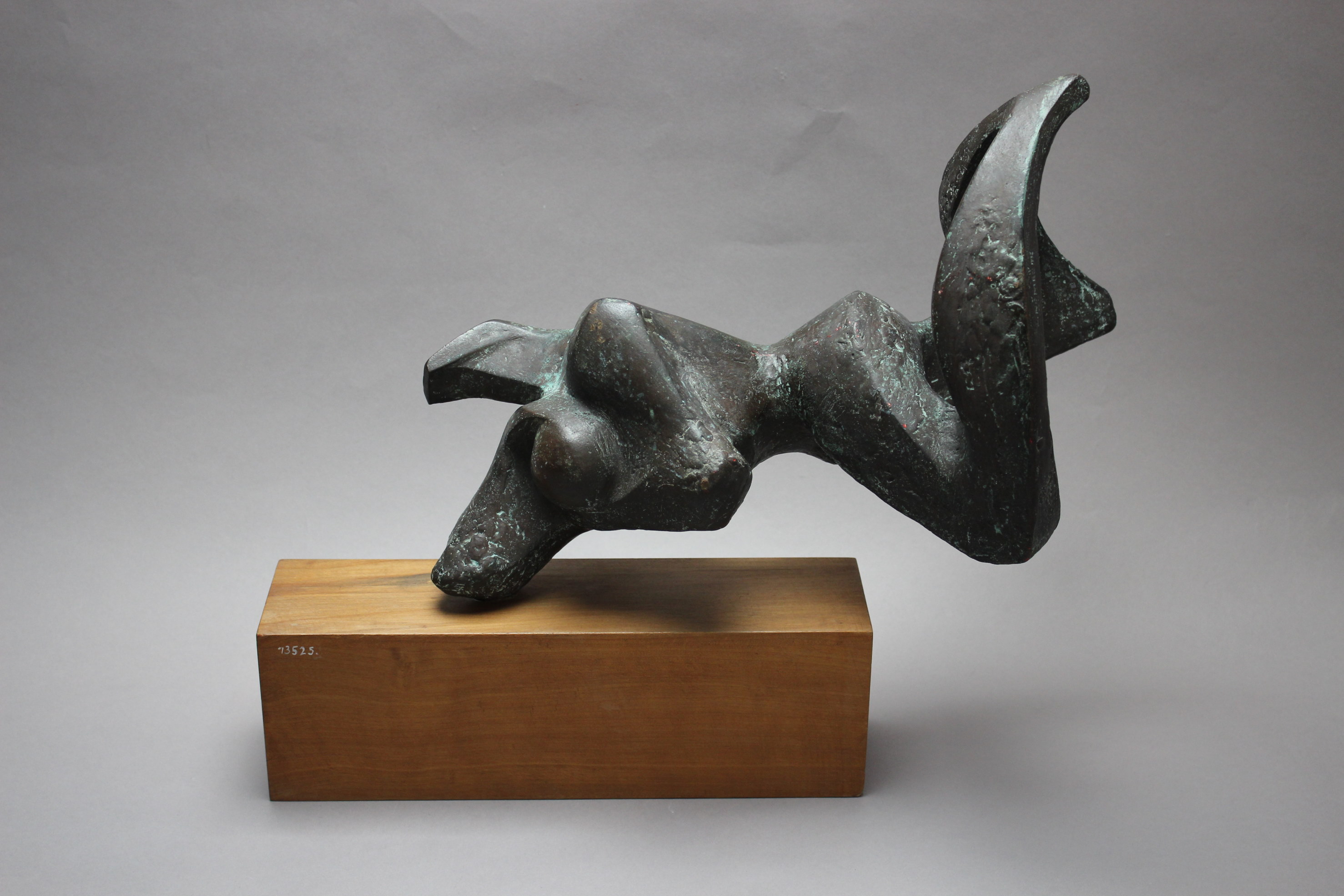
In the second half of the 20th century, football permeated the whole society. Thanks to that conceptually oriented artists could work with its characteristic elements as with generally comprehensible cultural symbols. Such is the case of paintings by Jiří Načeradský from the turn of the 1960s and 70s, which were based on photographs from newspapers and magazines. Sometimes he reproduced them fairly faithfully; sometimes the motifs were further modified on purpose. For example, in his work Two Screaming he not only stripped the characters from their jerseys and turned them into women, but also omitted the stadium and the ball to which the motion of the characters is directed. "...when a footballer in action undresses and becomes a woman in the same movement, it becomes grotesque," described the author himself his intention. The actual theme of the picture is then a physical action stripped of meaning, prompting the viewers to assume their own.
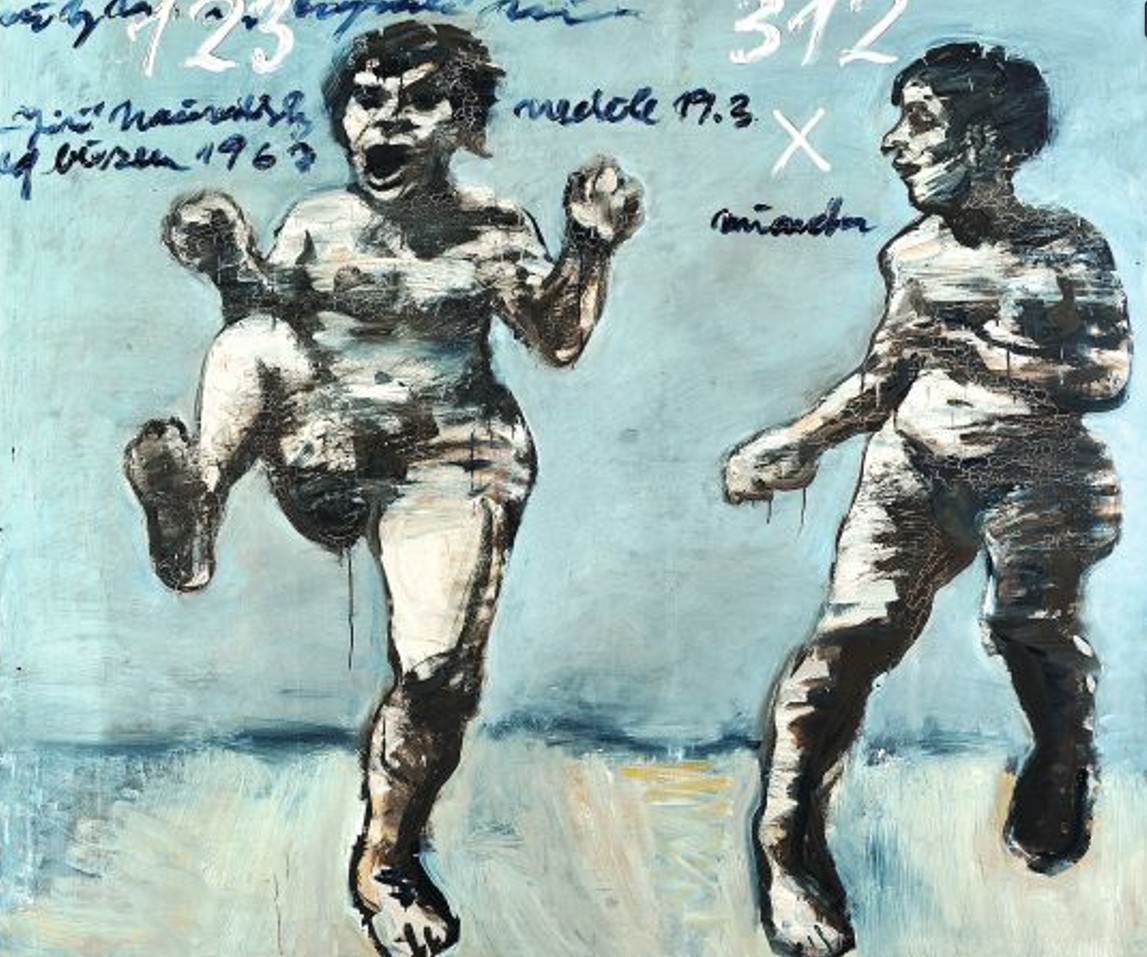
Football has become a popular pastime whoch doesn’t shy aways from reflecting certain social phenomena, and artists have been using it as a parable of society. Authorial book U.F. O. Chronicles by Peter Meluzín documents a collective action called U.F.O.tbal. It records a couple of football matches between teams of Slovak artists of what then was the unofficial art scene, including the now internationally famous Július Koller. Alongside its witty character adverting to the understanding of life as a game, there are also a number of references to socialist festivities – banners with slogans, a cultural interlude or a minute of silence for artists who have never played football.
The exhibition also features two conceptual variations on football. Bohumil Štěpán, one of the most noticable figures of the 1960s art scere, wasn't only know for his illustrations and posters, but he was also creating assemblage objects. Its Dadaistic poetics bordered on black humor, like in his football covered in iron nails.

For his piece ChessBall from 1998, the contemporary artist Milan Mikuláštík adopted the motif of the football, on the surface of which he fastened a complete set of chess pieces using Velcro. The game he created by adjusting rules was actually playable, which he demonstrated in several public demonstrations.
The Rafani Group also decided to change the game rules. During a match at the Bohemians Stadium in 2012, they were changing the rules every ten minutes, which compared to the regular ones took some unexpected, absurd turns.
Photography in the humanistic documentary is represented, for example, by the famous photo Goalkeeper and Water by Stanislav Tereba from 1959, which awarded the World Press Photo Prize. Football fields also appear in two photos from the famous set Village from the 1980s in which Jindřich Štreit showed the life withering away in the former Silesian Sudetenland. Another important photographer Zdeněk Lhoták was contracted to photograph the activities of the Prague club Sparta between 1977 and 1989, including the daily operations of the club and life at the stadium. The recent Covid-19 pandemic was documented by Roman Vondrouš, who captured also the fans of Bohemians 1905 watching their club matches over the fence of the Ďolíček stadium, standing on steps and ladders.
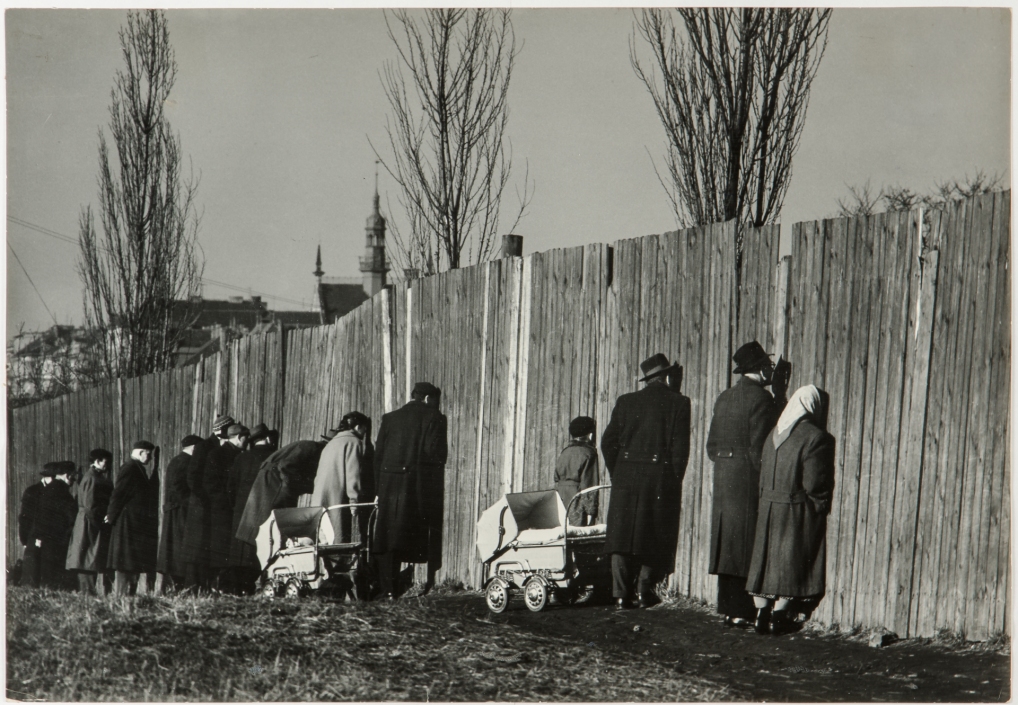
Exhibition Soccer. Football in Visual Arts from the Early 20th century to the Present is held at the Gallery of Fine Arts in Cheb from September 29 to December 30, 2022.
